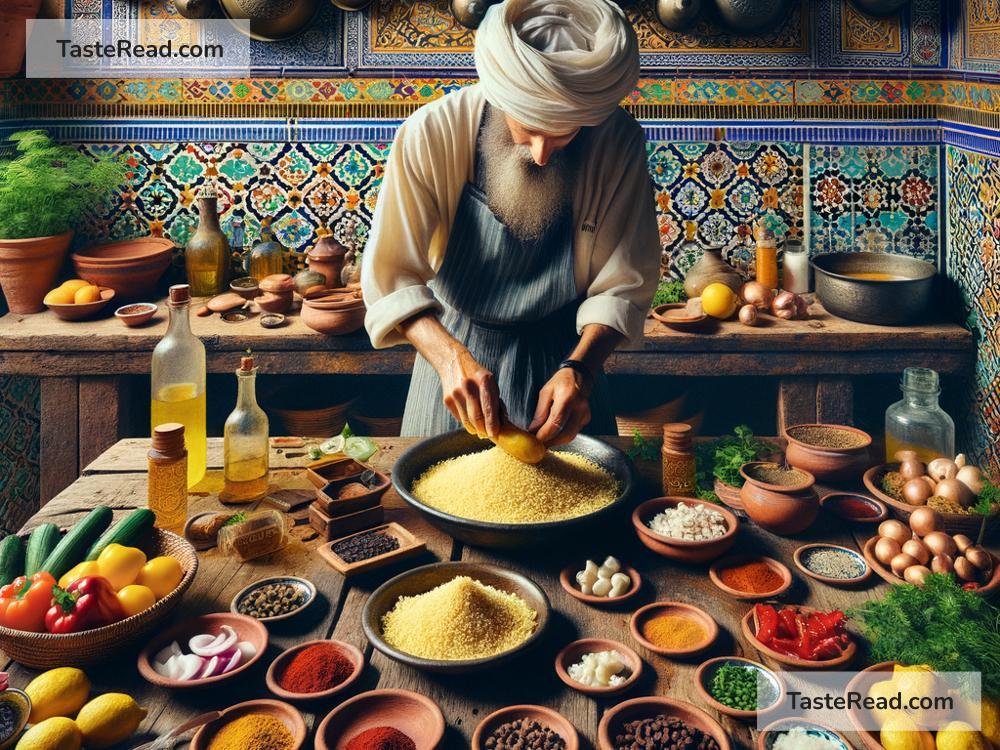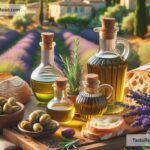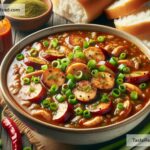Celebrating the Art of Moroccan Couscous Cooking Techniques
Moroccan food is loved all over the world for its wonderful flavors, aromas, and colors. At the heart of this cuisine is one special dish: couscous. Couscous isn’t just food in Morocco; it’s a tradition, a symbol of family and hospitality, and a skill passed down through generations. Let’s go on a journey to celebrate the art of Moroccan couscous cooking techniques and explore why this dish is so special.
What Is Couscous?
Couscous is often mistaken for a grain, but it’s actually made from tiny granules of semolina, a type of durum wheat. These granules are rolled and shaped into small pearls that cook quickly and soak up the flavors of sauces and spices. Couscous is lightweight yet hearty, making it a perfect centerpiece for Moroccan meals.
In Morocco, couscous is not just a quick meal; it takes time and love to prepare. The dish is connected to tradition, offering families a reason to gather together, share stories, and enjoy delicious aromas wafting from the kitchen on Fridays, weddings, or special celebrations.
The Importance of Couscous in Moroccan Culture
In Morocco, couscous is more than just food—it’s a way of life. It’s often prepared to mark important occasions, such as family gatherings, feasts after Friday prayers, or celebrations after harvest season. Traditionally, everyone in the family participates in preparing and eating couscous. It’s served as a communal dish, with individuals sitting around and sharing one large plate using spoons or even eating directly with their hands.
Moroccans believe that couscous brings people together. It symbolizes generosity, nurturing, and the beauty of sharing. To cook couscous the authentic Moroccan way means embracing a slow-paced, thoughtful cooking process where patience is key.
Cooking Couscous the Moroccan Way
Unlike the pre-packaged, instant couscous seen in supermarkets, homemade Moroccan couscous requires skill, care, and specific techniques. Let’s take a look at how Moroccans prepare couscous from scratch.
1. Hand-Rolling Couscous
Traditionally, Moroccan women would prepare couscous by hand. First, semolina is mixed with water and a little flour. Then, the mixture is rolled between the palms to form tiny, uniform grains. To separate the grains and prevent clumping, they are gently sifted through a sieve and sprinkled with a light dusting of flour.
Hand-rolling couscous is a labor of love. It’s an art that takes practice, patience, and skill, but it results in fresh, soft couscous. Today, some families still make their couscous this way, while others have turned to pre-made varieties to save time.
2. The Moroccan Couscous Steamer
The key to authentic Moroccan couscous is steaming it multiple times in a special pot called a couscoussier, which looks like a two-level steamer. The bottom part is used to simmer a flavorful broth, stew, or a mix of vegetables and meat. The top compartment holds couscous, where it absorbs steam infused with fragrant spices rising from below.
The couscous is steamed not once, but three separate times, each step carefully spaced out to ensure soft, fluffy grains. After the first steaming, the couscous is taken out, cooled, and gently fluffed by hand to break apart any clumps. A little olive oil or butter is added for richness, and then the couscous is steamed again. This process is repeated three times, giving the couscous its light and airy texture that melts in your mouth.
3. Perfect Pairings
Moroccan couscous is served with a mix of ingredients that make it colorful and flavorful. Common pairings include tender chicken, lamb, or beef cooked with vegetables like carrots, zucchini, and turnips. A popular addition to couscous is caramelized onions and sweet raisins spiced with cinnamon—a heavenly topping called tfaya.
On Fridays in Morocco, families often serve couscous with chickpeas and rich, spiced broth. Some add preserved lemons and olives, while others stick to simple, earthy stews. The dish can be adapted to suit the seasons, preferences, or the ingredients available.
Secrets of Moroccan Couscous
The magic of Moroccan couscous lies in the details. It’s about the way the grains are gently fluffed with care after steaming, how spices like turmeric, saffron, and ginger are measured just right, and the balance of sweetness and savory elements in the toppings. Every family has its own recipe, and many keep their techniques as treasures passed down through generations.
Moroccan cooks believe that the key ingredient in couscous—or any dish, for that matter—is baraka, meaning blessing or love. Putting intention and care into cooking makes the dish truly special. This is why couscous tastes so incredible when made by a grandmother or shared with loved ones at a celebration.
Embracing Moroccan Couscous at Home
While traditional Moroccan couscous takes time and practice, you don’t have to be an expert to try it at home. You can use store-bought couscous for convenience, but it’s worth experimenting with steaming techniques if you want to experience authentic textures and tastes. Take your time to use fresh ingredients, layer flavors gradually, and most importantly, cook with love.
Conclusion
Moroccan couscous is not just a dish—it’s a celebration of tradition, hospitality, and family. The techniques involved in making this iconic food reflect the care and heart of Moroccan culture. From rolling the couscous by hand to steaming it with aromatic broths, every step is done with intention and love.
Next time you make or eat couscous, take a moment to appreciate the rich history and craftsmanship behind it. You’ll find that it’s more than food—it’s a beautiful reminder that the best meals are ones we share together. So gather your family or friends, try your hand at Moroccan couscous cooking, and celebrate the art and warmth of this beloved dish!


